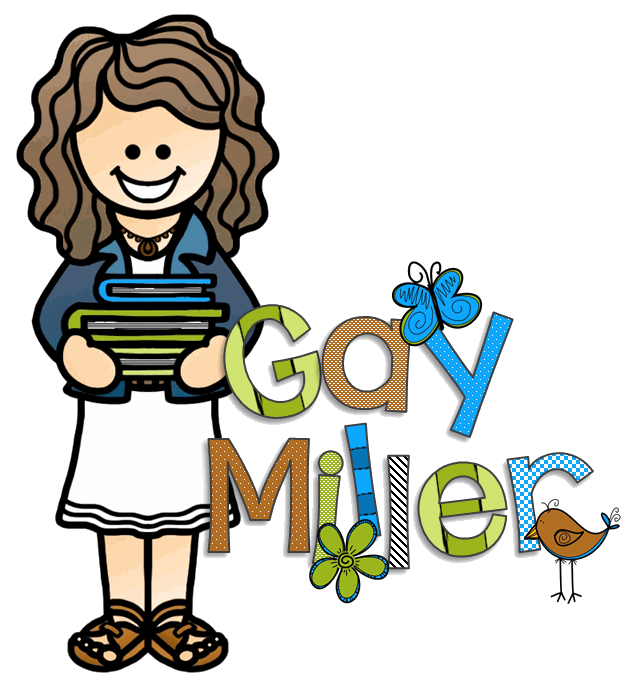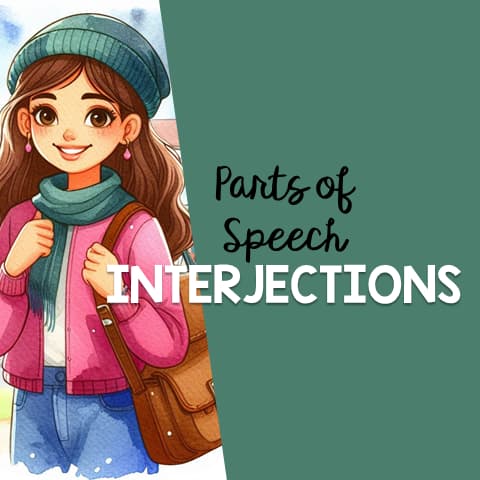
Interjections are the punctuation of emotion, and teaching them can be just as expressive. This post offers seven classroom-tested activities to help students master strong vs. mild interjections through visuals, literature, and movement.
Teaching Video with Organizer
This video is a great overview the definition of interjection as well as definitions and examples for mild and strong interjections.

The lesson pairs with a provided graphic organizer. Students listen to the first part of the video to hear the definition of interjections. When instructed to do so, students pause the video and complete their organizers. Finally, students watch the remainder of the video to check their answers.
Download free posters, the video organizer, and classroom handouts here.
Activities for Teaching Interjections
Activity #1 – Hook Activity
When teaching interjections for the first time to a class I like to begin with this activity. . . .
I ask the class to imagine they are at a football game. [You can change this to basketball, baseball, etc. depending on the season.] I ask the students to tell me some short CLEAN phrases they might say while watching the game. While students say words like “Go! Yeah! Alright! Yes!” etc. I type these on the computer for the class to view using SMARTBoard. I encourage additional responses by asking questions such as, “If you spill your popcorn, what would you say?” or “If you accidentally bump into your neighbor, what would you say?” and so on to get an assortment of words/phrases that might be said with excitement as well as in a normal voice.
After a dozen or so responses have been made, I ask for a volunteer to come to the SMARTBoard to highlight the responses based on how they would be said. One-color is used to highlight words or phrases said with a lot of emotion, and a different color is used to highlight words/phrases that are said in a normal voice.
I follow this activity with a discussion about strong and mild interjections.
Activity #2 – Posters
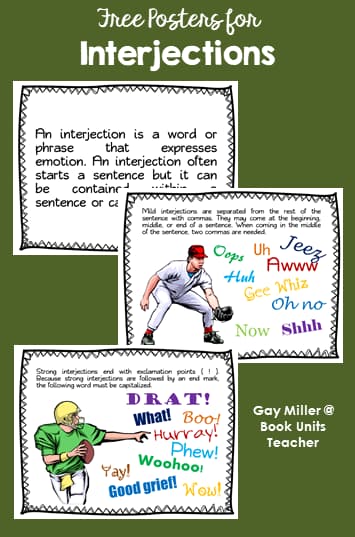
This set of mini-posters may be displayed in the classroom during the lesson to emphasize the main points.
Activity #3 – Teaching Ideas
Comic Strips
Collect an assortment of comic strips out of the Sunday newspaper. Cut out the speech bubbles. Have students create the text for the comic strip. Superhero strips such as Superman work well.
Sentence Strip Activity
Write a collection of sentences on strips of paper. Place these in a small box. When you have a minute or two before changing classes, call on a student to pull a sentence strip from the box. The student must first read the sentence as is, then add an interjection to form a new sentence.
Interjection Alphabet
Have students come up with an interjection for each letter of the alphabet.
A – Ah
B – Bah Humbug
C – Cool
etc.
Game-Day Brainstorm
Start with a sports-themed scenario. Ask students to imagine they’re at a football game and shout out short, clean phrases they might say. Use a SMARTBoard to record responses and color-code them by emotion level.
Activity #4 – Schoolhouse Rock Video
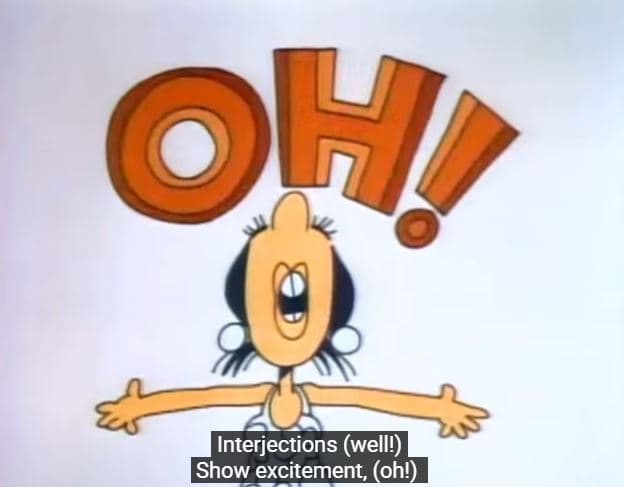
YouTube has a number of videos on interjections. Try “Interjections!” from Schoolhouse Rock. You can find the lyrics at the Schoolhouse Rock website.
Activity #5 – Online Activities that Help Students Learn about Interjections
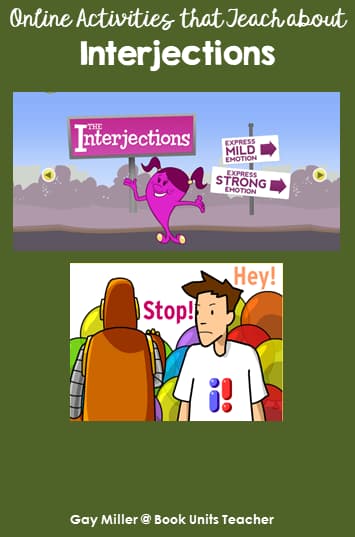
These links take you to online lessons.
Here are a few links to help you find lessons and practice pages:
Activity #6 – Picture Books that Help Teach Interjections
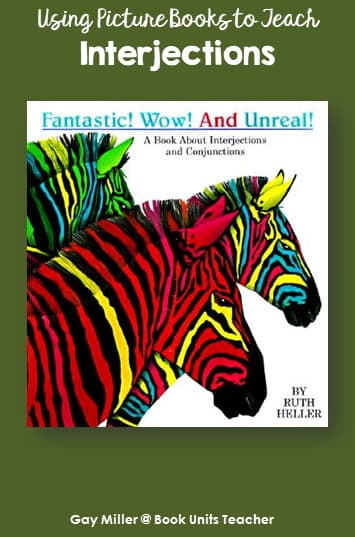
Fantastic! Wow! and Unreal!: A Book about Interjections and Conjunctions by Ruth Heller
Read the portion of Fantastic! Wow! and Unreal! that describes interjections. You may wish to save the rest of the book for your conjunction lesson.
Activity #7 – Interjection Anchor Chart

Use anchor charts to highlight definitions and examples of strong vs. mild interjections.
If you missed the link to the handouts, here it is again.
See the product that inspired this post.
Ready to dive deeper?
To look at how Teaching Grammar with Animated Shorts can transform your grammar lessons, visit my Teachers Pay Teachers store. You’ll find detailed lesson plans, interactive activities, and everything you need to bring grammar to life in your classroom!
Click on the buttons to visit other posts in this series.
